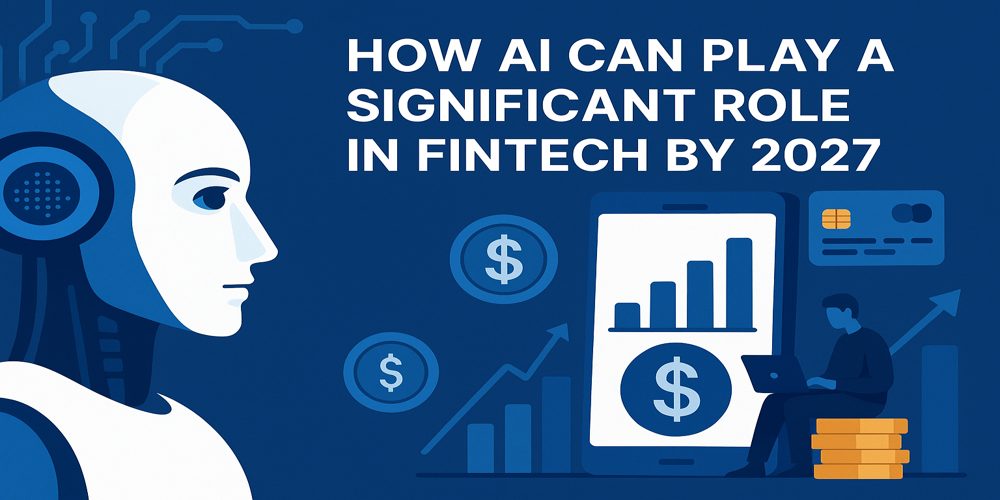SUB PLR KI MAYA HAI
A leading pink paper on Tuesday September 22, 2009 broke a story on its front page about how RBI is planning to ban all sub-PLR loans for tenures beyond a year. The story mentioned, If RBI bans sub-PLR rates on loans above a year, banks will find it difficult to reduce rates only for new home loan customers.
Even this move will not end the trouble of existing home loan consumers who watch on enviously as new customers get lower and lower rates while they are stuck with higher rates. To understand this let’s look at how PLR affects home Loan consumers.
So what is this PLR stands for Prime Lending Rate or in other words the rate at which the banks will lend to their most Prime customers (customers with the best credit parameters). This way PLR should be the lowest rate at which the bank will lend.
In India lot of banks have more than 80% of their loans being lent out on rates below their PLR. This is due to non-transparency in fixing PLR making PLR itself meaningless.
Also PLR is normally supposed to apply across all loans but most Private banks have different PLRs for different products which completely send the whole concept of PLR for a toss.
You can see the box below to see how banks can continue to charge existing consumers a higher rate than what they offer to new consumers even after SUB-PLR rates are banned.
In fact the remedy for home loan consumers already exists in the form of existing RBI regulations that require that all reference rates should be external and objective which is not being followed by banks.
So if you are an existing Home loan customer being treated unfairly by your lender you should immediately complain to the banking ombudsman that the bank is not following existing RBI regulations regarding transparent fixation of reference rates.
How banks will continue to charge more even after banning SUB-PLR lending?
All floating rate are linked to the movement in a reference rate. For banks in India the reference rate for floating rate loans is a particular PLR of that bank.
Let us say you took a home loan from bank A at 3% below their PLR for home loans (say called Retail PLR) when the Retail PLR was 12%. Thus the effective rate applicable to you became 9% (Retail PLR at 12% less 3%).
Now if the lending rates drop in the market to say 8% it may offer loans to new customers at 8% by increasing the spread from the Retail PLR (i.e. Retail PLR 12% less 4% = 8%). Since the Retail PLR itself has not changed, the existing customers continue to pay 9% whereas the new customer gets 8%.
How banks can continue to provide lower rates to new Home loan customers whilst charging higher rates to existing customers even after the ban on Sub-PLR loans.
Let’s say the banks reduce the Retail PLR to 6%. and you get the Home loan at 8% (Retail PLR 6% + 2% = 8%). Now if rates drop in the market, the banks can offer new customers 7% (Retail PLR 6% +1% = 7%). Again since the Retail PLR iteslf is not affected the existing consumers constinue to pay more.








